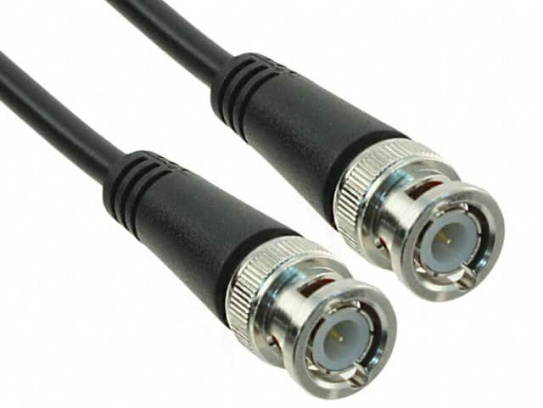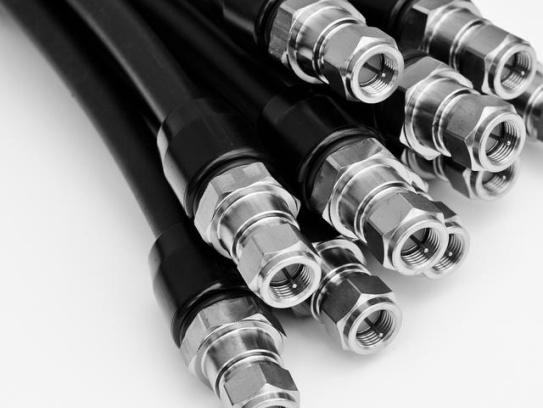In an era where precision and reliability are paramount, the packaging of coaxial cables has undergone a transformative overhaul to address the challenges of modern logistics, environmental sustainability, and end-user performance. This evolution is not merely cosmetic but a strategic response to industry demands for enhanced protection, cost efficiency, and adaptability. Let’s delve into the key innovations reshaping coaxial cable packaging and how they ensure these critical components arrive in pristine condition, ready to power industries from telecommunications to aerospace. The Limitations of .
Read more →In the dynamic world of modern manufacturing, multi-robot assembly lines represent the pinnacle of efficiency, speed, and precision. These complex systems, where multiple robotic arms collaborate seamlessly, demand flawless communication and power delivery. At the heart of this intricate dance lies a critical, yet often overlooked component: the cabling. Standard off-the-shelf cables frequently fall short, leading to downtime, signal errors, and compromised productivity. This is where micro-coaxial cable customization emerges as the indispensable solution, specifically engineered to unlock the f.
Read more →In response to the growing global demand for sustainable waste management and the urgent need to reduce electronic waste (e-waste), our factory is proud to announce the official launch of our Coaxial Cable Recycling Program. This initiative aims to address the environmental challenges posed by discarded coaxial cables while promoting resource conservation and circular economy practices. Coaxial cables, widely used in telecommunications, broadcasting, and home entertainment systems, contain valuable materials such as copper, aluminum, and plastic. However, when improperly disposed of, they contribut.
Read more →For those in the market for coaxial cables, the warranty period is undoubtedly a crucial factor. It serves as a direct guarantee for your post-purchase rights and interests, providing a safety net when unexpected issues arise with the product. Today, we are thrilled to announce exciting news: our factory has decided to extend the warranty period of our coaxial cables, aiming to offer our valued customers enhanced protection and greater peace of mind. Previously, the standard warranty period for our coaxial cables was 2 years. After careful consideration and in recognition of the superior quality of.
Read more →Coaxial cables are indispensable in high-speed data transmission, industrial automation, and telecommunications infrastructure—their performance directly determines the reliability of end-use systems. However, traditional coaxial cable supplier evaluation systems have long been plagued by critical flaws: overreliance on static quality audits, neglect of dynamic delivery flexibility, and disconnection between cost analysis and long-term value. These gaps often lead to supply chain disruptions, inconsistent product quality, and missed opportunities for cost optimization. To solve these pain points, an i.
Read more →The relentless pursuit of lighter, faster, and more capable aerospace platforms hinges on the critical components enabling data transmission and power delivery deep within their electronic ecosystems. Enter the ruggedized micro-coaxial cable, an engineering marvel rapidly becoming the aerospace industry‘s preferred solution for demanding connectivity challenges. As vehicles push the boundaries of performance and operate in increasingly harsh environments, the adoption of these robust, high-performance cables signifies a pivotal advancement in aviation interconnect technology. Why the .
Read more →Can't find what you're looking for?
Our customer support team is ready to assist you with any questions or concerns.
Search FAQs
Related Articles
How to clean the connectors of Coaxial Cable Assemblies?
Coaxial cable assemblies are widely used in communication, aerospace, medical equipment, and other fields, and their connector performance.
Micro Coaxial Cables for Optimal High-Frequency Signal Integrity
What is High-Frequency Signal Integrity?Signal integrity refers to the ability of a cable to transmit signals without distortion or degr.
How Much Does One Meter of Coaxial Cable Cost
When shopping for coaxial cables, one of the most common questions is: “How much does one meter of coaxial cable cost?” While .
What Tools Are Needed for Micro Coaxial Cable Installation?
Working with micro coaxial cables (common in electronics, drones, cameras, medical devices, and communications) requires precision tools d.
How to Choose Between Rigid and Flexible Micro Coaxial Cables?
Choosing the right micro coaxial cable is critical for the success and reliability of your compact electronic designs. When space is tight.
How to order bulk quantities of Coaxial Cable Assemblies
Ordering bulk quantities of coaxial cable assemblies is a critical process that directly impacts project timelines, budget efficiency, and.



